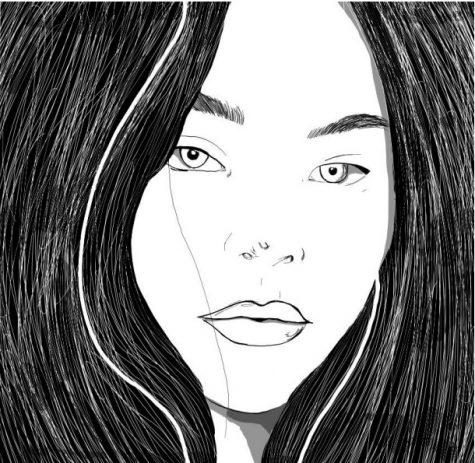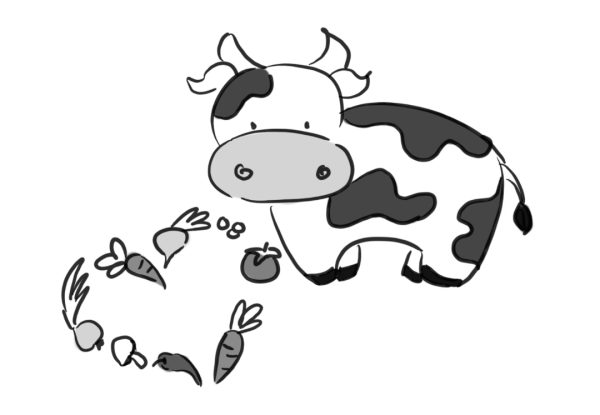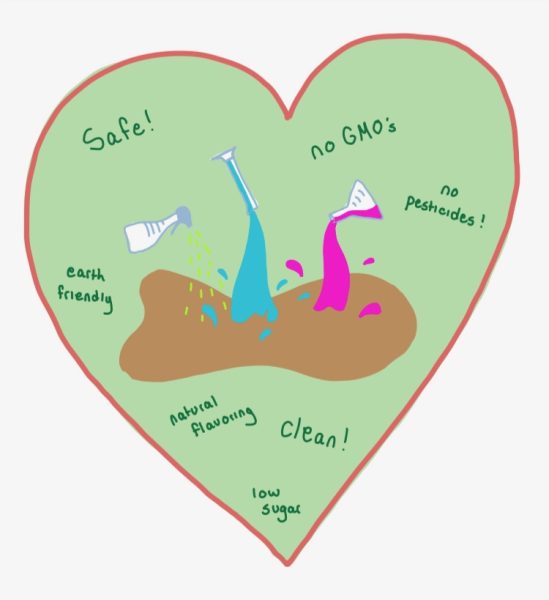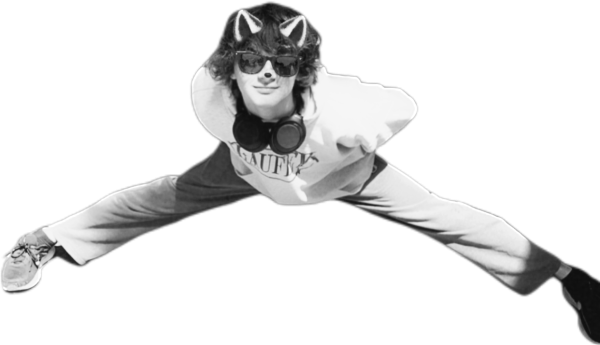One Size Not for Small, Meduim, and Large
In a society where individuality is emphasized, the idea of having something labeled as one size fits all is counterintuitive and stifling. One size fits all clothing makes people feel and singled out because it targets such a small percentage of the population. The idea is great in theory, but sadly, there are too many problems with the practice and it forces those who do not fit the mold to question themselves and have lower self esteem. Up to 24 million men and women suffer from an eating disorder in the U.S. according to the Washington Post, such concepts that push them to hurt themselves are harmful, and abusive. Limiting one size fits all stores and retailers would greatly reduce this problem.
The notion that women are all the same is false, and a concept that perpetuates the notion is inherently harmful because it forces women to conform to a norm that is not realistic. No one is the same size. No one has the same body shape and one size fits all should be called one size fits model. According to Lauren Effron of ABC News, models that want to be in fashion need to have a height from 5’9” to 6’ and a weight from 110 to 130 pounds. The average height and weight for models is very different from a regular woman and that is why these clothes do not seem to fit most people. There is only a small percentage of women who fit the exact standards of models. In 2010 the average American adult female was approximately 5’4’’ and 166.2 pounds. Clothing is often designed for models and people of that stature, and not “normal” people. When interested buyers do not look like models it makes them feel unnatural.
One size fits all clothing also makes people feel nonexistent in a world where fitting in and being known seems necessary to many. Most people do not fit into this clothing anyway so it is a way to single people out. It makes them feel wrong about not looking the way society wants them to and this leads to dissatisfaction with people’s bodies, and can ultimately cause eating disorders and body dysmorphic disorder, which involves the belief that one’s own appearance is unusually defective and needs to be hidden or fixed. When people are not the cookie cutter mold of what others deem as perfection, their perceptions of themselves are skewed.
In theory, one size fits all clothing could make shopping easier for people because there would be no looking for sizes, and everyone could share clothes. In an ideal society, there would be no problems with body issues or self-worth. Unfortunately, this is not the reality of the world. Clothing stores need to fully acknowledge that people come in all shapes and sizes and ought to be treated as such.
This exclusive clothing is harmful and detrimental to many. Stores ough to sell clothes with a wide range of sizes. The elimination of one size fits all clothing would get rid of unattainable images of the human body that ultimately reduce self esteem.
Hello there! Our goal is to provide relavent, engaging journalism for readers of all ages. Your donation will support the student journalists of the Wolfpacket at Claremont High School, and will allow us to purchase equipment, print our monthly issues, and enter in journalism competitions. We appreciate your consideration!
Roi Wallace is a junior at Claremont High School. It’s her first year in Wolfpacket. She plays on the varsity volleyball team and in her free time you...














